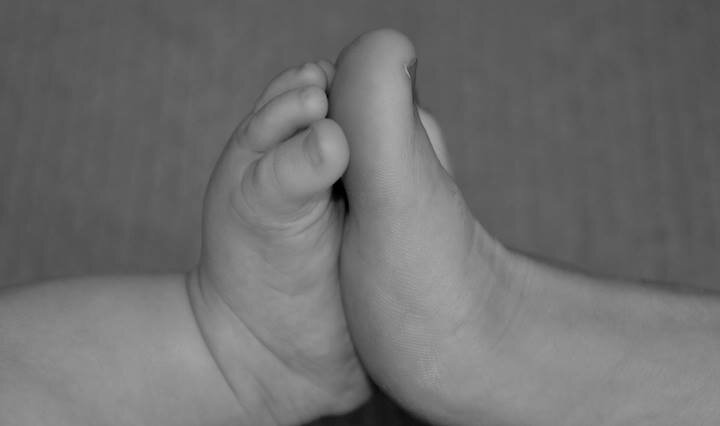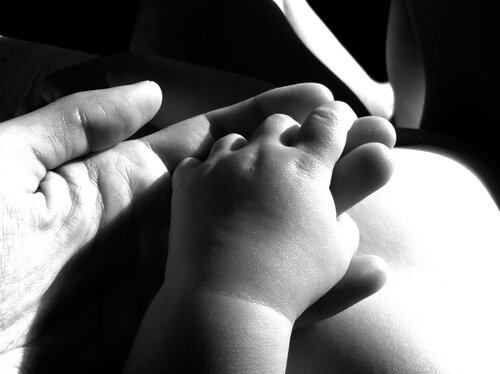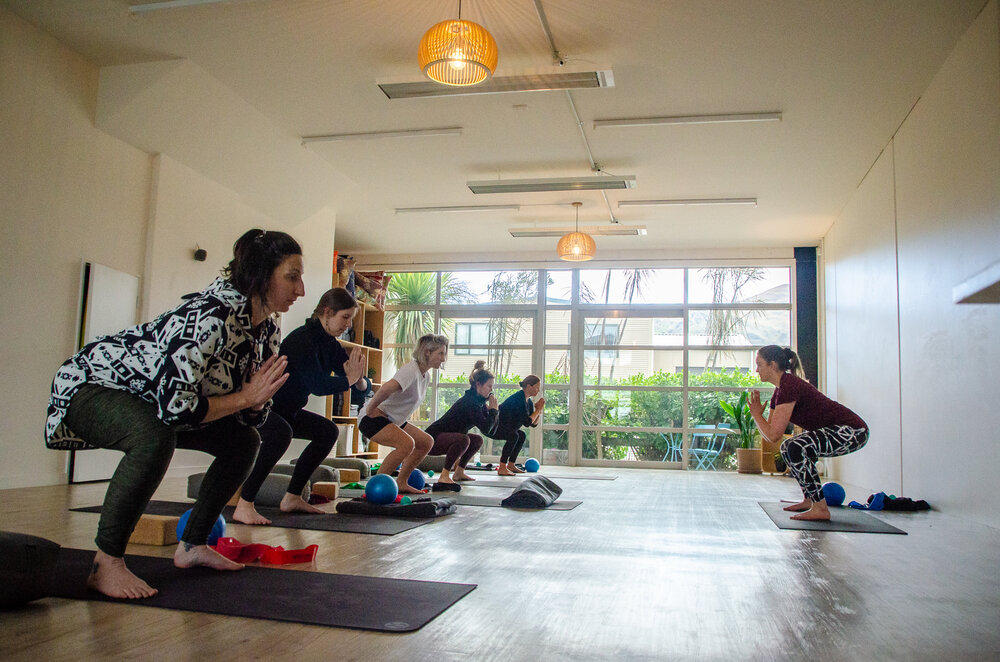30th January, 2020
LYMPHATIC MASSAGE FOR POST NATAL SWELLING
Home > Blog > Post natal > LYMPHATIC MASSAGE FOR POST NATAL SWELLING
One postnatal symptom which some new mums battle with which is super un-fun is fluid retention. Pelvic Solutions’ therapist Ingrid Vollweiler walks us through how lymphatic massage works and some of the astounding results she’s seen with one of her clients.
Swelling during and after pregnancy is pretty common; after all, you’ve just grown a human IN YOUR BODY. You deserve a darn medal and a biscuit. Lymphatic fluid build-up post pregnancy is common, as the body has stored excess fluid to prepare for birth. However, there are some sorts of fluids which are normal and other fluids which are annoying and downright depressing. If you have excess fluid that you’re finding impossible to shift from your abdomen following the birth of your bub, you ain’t alone and it’s critical to know that it may not be fat! It’s really important to know that it’s not necessarily going to go away on its own – and what you can do about it.

Mikaela Williams is one such person who experienced first-hand the debilitating effects of excess lymphatic fluid after giving birth to her daughter in 2019 via C-section. “I had a very tough pregnancy; I was very unwell and struggled with just about every side effect one can get from pregnancy,” Mikaela says. “From extreme fatigue and carpal tunnel to nausea; you name it, I had it! As my pregnancy went on I felt worse and I suffered from severe swelling, which continued after having my daughter.”
The fluid in the lymphatic system helps remove waste and toxins from the bodily tissues. Postnatal ladies are often less active since they now have a bub to care for, meaning the muscles don’t pump fluid out as efficiently. One thing that can help is lymphatic massage. “I’ve been offering lymphatic massage since I began working as a musculoskeletal physio eight years ago. The clinic I started out in in Brisbane offered it for post-cancer clients, so I was trained in it initially then,” Ingrid says. “Then, I saw the benefits of it for acute swelling in general and started using it for client’s post-acute injuries. In recent years, I’ve seen the benefits of lymphatic massage for post-natal clients due to the increase in lymph fluid in pregnancy where nodes can be compromised, such as when there’s scar tissue from a C-section. Plus, our muscles are like little pumps that pump this fluid around and postnatal women are often sitting more than they usually would be, oohing and aahing over their new baby, and aren’t moving the fluid away.”

This was certainly the case for Mikaela, who had put on 30 kilograms during pregnancy, much of which was fluid. She had tried everything, from exercise and working with a naturopath to dieting. “Before I saw Ingrid, I had really tried a lot of other methods to what seemed like really bad fluid retention, and seen four other health professionals,” she says. “I had not lost any weight and still seemed very swollen, from the day I arrived in hospital to have my daughter. I was drinking a lot of water and really not passing any fluid. No matter what diet or exercise I did, I seemed to just be storing fluid and in fact gaining weight. I was feeling so tired and fatigued all the time and I was really feeling down about my body and the extent I had tried to start getting back to me.”
Mikaela came to see Ingrid for lymphatic treatment. “Seeing Ingrid for the first time was very uplifting; she really made me feel comfortable and hopeful that the treatment should have some effect on me,” she says. “She was very thorough on what the treatment is about and what ideally it should help with. She spent the time to listen to everything I had tried and was still doing and all about my personal health background.”
Lymphatic massage works by stimulating the lymph nodes, then massaging the lymph fluid out proximally then distally and back to proximally. “Think of it like Auckland traffic; if the cars are so jammed up at the front, no one can get through. You have to move the cars strategically at the front and slowly work your way to the cars at the back to get them all working efficiently,” Ingrid says. “If there’s something blocking the flow such as road works, like scar tissue from a C-section, you also need to work on this or it will continually block the flow. To work into the scar we use different massage techniques, dry needling and stretching exercises.”

Mikaela’s results were astounding. With a combination of C-section myofascial release and lymphatic massage, she lost 1.5-kilograms after just one session. “I had my first massage in the afternoon and that night and following day I was passing fluid almost every hour for the first six hours. Over the next few days I was more than doubling my visits to the bathroom,” Mikaela says. “It was incredible! I have had three massages with Ingrid now and lost nearly 4 kilograms in total, all of which has basically been fluid. After about six-months of trying so many other avenues, Ingrid really was the only one that got the fluid moving. My body had such a backlog of toxins and fluid and now we are getting it moving and getting my body to flush it out.”
To maintain the benefits of the lymphatic massage post session, Ingrid uses K tape from the areas of pooled fluid to direct it to lymph drainage sites. “I teach clients how to stimulate lymph nodes themselves and encourage them to exercise safely,” she says. “If it’s going to be a lifelong issue such as when they’ve had lymph node removal due to cancer, they may need a lymphatic garment fitted.”
Mikaela says women should never give up hope. “Anyone who is feeling fatigued or having issues with swelling or bloating, especially before or after pregnancy, should see Ingrid. The positive effects it has had on my body is fantastic but also my mind! You just don’t think about your lymphatic system and the importance of it,” she says. “When you know your body and you know something isn’t right and you don’t feel like yourself, don’t give up on trying to feel great again!”
It’s a sentiment Ingrid couldn’t agree more with. “Let sensations be your guide. If something doesn’t feel right, there’s a chance it probably isn’t right. Don’t ignore it and always get a check-up,” she says. “I would recommend getting a check by a pelvic health physio between four and six weeks postnatal, but if you are really worried something isn’t right and you have stopped bleeding you can come earlier. Ease in gently back to exercise, especially impact exercise such as running. Over nine months of pregnancy, your body has had so many changes; your ribs, skin, fascia and ligaments have all changed. Whatever exercise you go back to will feel slightly different and you may feel ‘out of balance’ to begin with. This is why all the current research for return to running gives a generalist view of three months, as they feel it takes that long for women to get used to the changes in their bodies as well as regain a good base level fitness.”

Ingrid, who is also an exercise scientist, runs intimate and bespoke exercise classes for pregnancy and postnatal groups. “My favourite exercises I love to throw into an exercise class is anything gluteus medius,” she says. “I love that powerful little muscle! Women’s pelvises have gone through so much, so to help gain the lateral support system back for simple activities such as walking I feel working this muscle in a postnatal class is a must! Any side lying leg lift options are great, and for added resistance, add that nasty booty band! My other favourite is teaching women correct rib alignment again and why it is so important to stack the diaphragm back over the pelvic floor, so that the diaphragm and pelvic floor can work together. So often post-natal women are stuck in ‘pregnancy town’, where they are standing hyperextended and with all their weight through their heels, as they’ve had weight at the front for so long.”
Stay in the loop with Pelvic Solutions news, events and workshops:
Online bookings are currently paused. For appointments, please contact us at hello@pelvicsolutions.co.nz.




